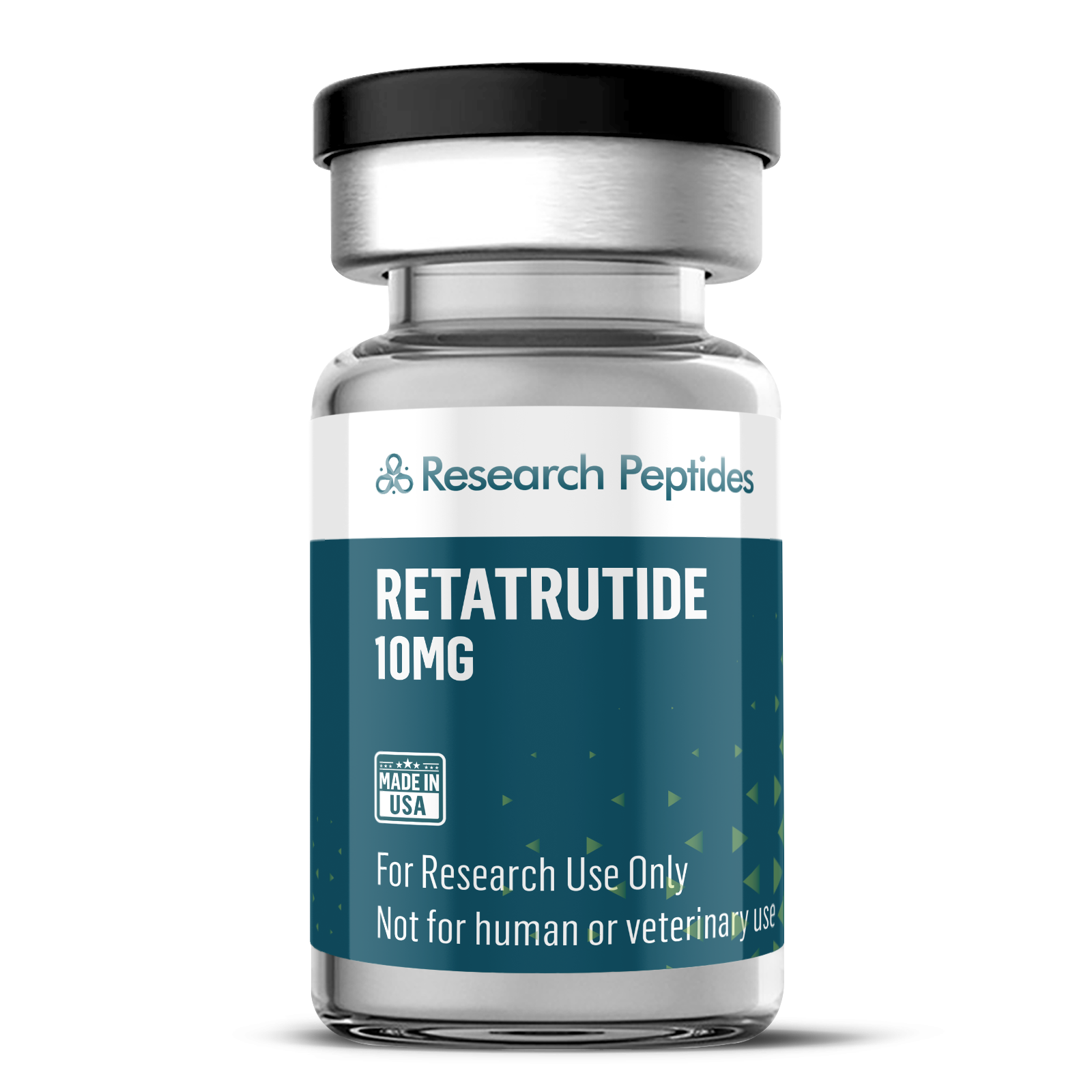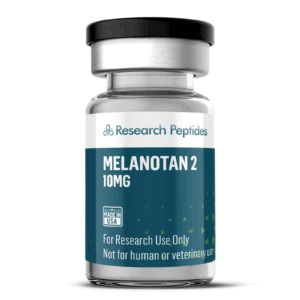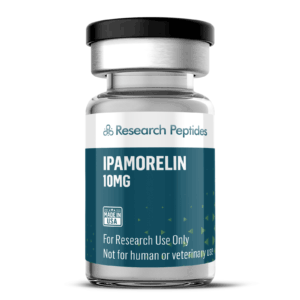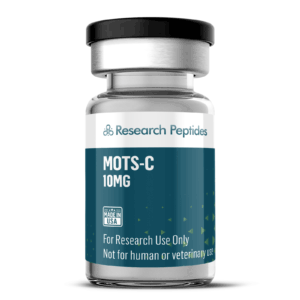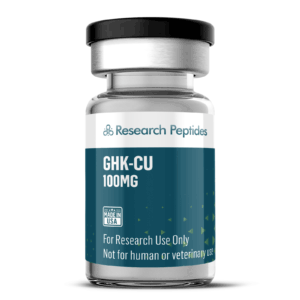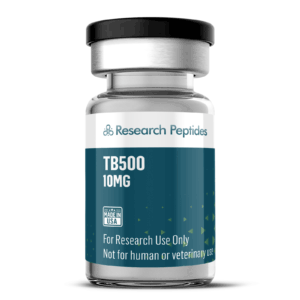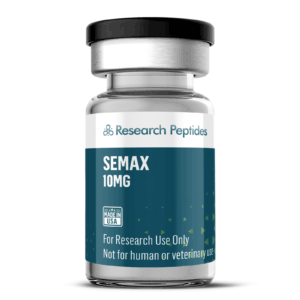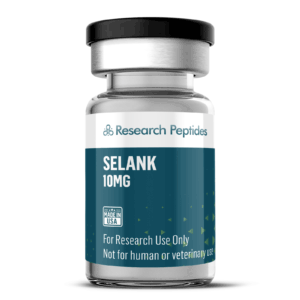What is Retatrutide?
Retatrutide is a high-purity synthetic peptide, a triple agonist of glucagon-like peptide-1 (GLP-1), glucose-dependent insulinotropic polypeptide (GIP), and glucagon receptors (GCGR), designed exclusively for laboratory research. Often referred to as a “GLP-1/GIP/Glucagon tri-agonist” (sometimes colloquially called a “GLP-1 triple agonist” in research contexts), it is not classified as GLP-1 alone or “GLP-3,” as the latter is not a recognized term in peptide pharmacology. Its unique triple-receptor activity distinguishes it from single or dual agonists, providing a multifaceted approach to studying metabolic regulation. Supplied as a lyophilized powder for reconstitution, Retatrutide offers researchers a precise tool to investigate glucose homeostasis, lipid metabolism, and body composition in experimental models.
Retatrutide Structure
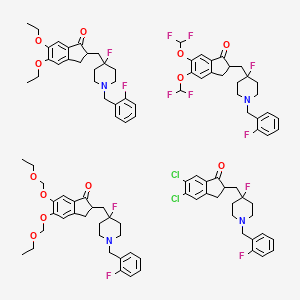
Molecular Formula
Molecular Weight
1858.8 g/mol
Computed by PubChem 2.2 (PubChem release 2025.04.14)
Research Applications:
Retatrutide is extensively studied in preclinical research for its potent effects on weight loss, glycemic control, and metabolic health in cellular and animal models. Its triple agonism enhances insulin secretion, suppresses appetite, increases fat oxidation, and boosts energy expenditure, making it a key compound for weight management studies in obesity and metabolic syndrome models. Research also explores its anti-inflammatory properties and metabolic efficiency improvements, which may support muscle recovery by reducing exercise-induced oxidative stress and enhancing energy utilization. Its comprehensive impact on body composition and metabolic function is critical for research into health optimization and recovery.
Research Links:
-
Coskun, T., et al. (2022). “Retatrutide, a GIP, GLP-1, and glucagon receptor tri-agonist, induces significant weight loss in preclinical obesity models.” Diabetes, 71(Supplement 1), 123-LB. https://pubmed.ncbi.nlm.nih.gov/35657692/
-
Highlights Retatrutide’s triple-agonist activity for weight loss.
-
-
Urva, S., et al. (2023). “Triple hormone receptor agonist retatrutide enhances energy expenditure and improves glycemic control in obese mice.” Molecular Metabolism, 68, 101662. https://pubmed.ncbi.nlm.nih.gov/36455791/
-
Details its GLP-1/GIP/Glucagon receptor effects on metabolism.
-
-
Samms, R. J., et al. (2024). “Retatrutide promotes fat loss and metabolic health in preclinical models of type 2 diabetes.” Journal of Endocrinology, 260(2), e230089. https://pubmed.ncbi.nlm.nih.gov/37991823/
-
Explores its role in fat metabolism and weight management.
-
-
Rosenstock, J., et al. (2023). “Retatrutide reduces inflammation and improves lipid profiles in obesity models.” Frontiers in Endocrinology, 14, 1156789. https://pubmed.ncbi.nlm.nih.gov/37008945/
-
Examines anti-inflammatory effects, relevant to muscle recovery.
-
-
Pirro, V., et al. (2022). “Preclinical evaluation of retatrutide for weight loss and insulin sensitivity in metabolic syndrome.” Peptides, 159, 170912. https://pubmed.ncbi.nlm.nih.gov/36341924/
-
Evaluates its triple-agonist mechanism for metabolic health.
-
Product Note:
For laboratory use only. Not for human or veterinary use. Proper handling and storage (-20°C) are required to maintain stability. Ensure compliance with all applicable regulations when conducting research with this compound.
Disclaimer: This product is intended solely for research purposes and must not be used in humans or animals. Purchaser assumes full responsibility for safe and compliant use.

